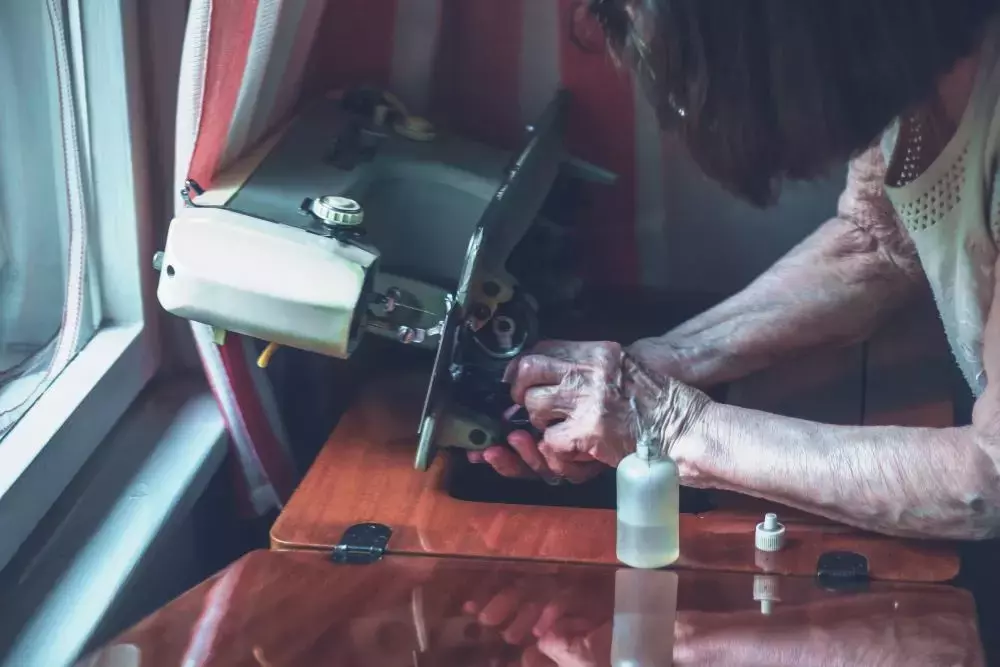How to Easily Clean and Oil Your Sewing Machine
2019-06-18
Have you wondered how to perform the fabled maintenance that your sewing machine needs? Well, it does require maintenance, and it's rather easy to do yourself. Keep in mind that how often you need to clean your machine will depend on how often you sew, and the fabrics you typically use.
If you're sewing daily and using shedding materials such as velvet, then give your machine a good cleaning once a month. Otherwise, you can probably go three to six months without cleaning or oiling your machine. Cleaning your machine is the only way to keep it in the best condition possible.
Step One: Take Out the Throat Plate
Before anything else, unplug your machine. The amount of injuries that come from not doing this is unremarkable because all of them were avoidable.
When it comes to physically removing your throat plate, you'll need your user's manual at hand. Every model is different. Some require a particular tool while others have simple pull or twist tabs that release it. If you threw out your manual, a quick search of your sewing machine and model should bring it up online.
When you remove the plate, carefully set it to the side. You don't want to damage or lose it.
Step Two: Brush Away Debris
The most debris collects right under the throat plate. This debris is often fabric pieces, thread scraps, and dust. Don't use compressed air because it just forces this debris back into the harder to reach areas. Instead, use a nylon brush to propel the dust upward and outward.
When inside your machine, be sure to remove the bobbin case and dust between the feed dogs.
Step Three: Oil Your Machine
You need a sewing machine oil which is made specifically for the mechanism within sewing machines. Alternative oils will damage your machine.
Then you will need to put your keen eyesight to work. Carefully work the wheel back and forth and see where the parts of your machine touch. Then place a small amount of oil on those pieces. Crank the wheel over a few times to be sure that the oil works over the entire area.
Step Four: Reassemble
Without a doubt, reassembly is the easiest step in this whole process. But before you start putting your machine back together, you need to clean up any excess oil. Extra oil working around your sewing machine can ruin future projects and your machine.
Have a bit of absorbent scrap fabric nearby to soak up any lubricant. Then use a dust cloth or microfiber towel to wipe down the whole machine. Replace your bobbing, put your throat plate back, and secure it into place. Then plug in your sewing machine and run a bit of thread through some test fabric.
You can prevent a lot of dust buildup by covering your machine when you're not using. However, even if you cover your machine between uses, it won't replace a bit of cleaning.
If you are in the market for a new sewing machine, Goldstar Tool has a wide variety for you to choose from, whether you need one for home or are looking for an industrial machine





